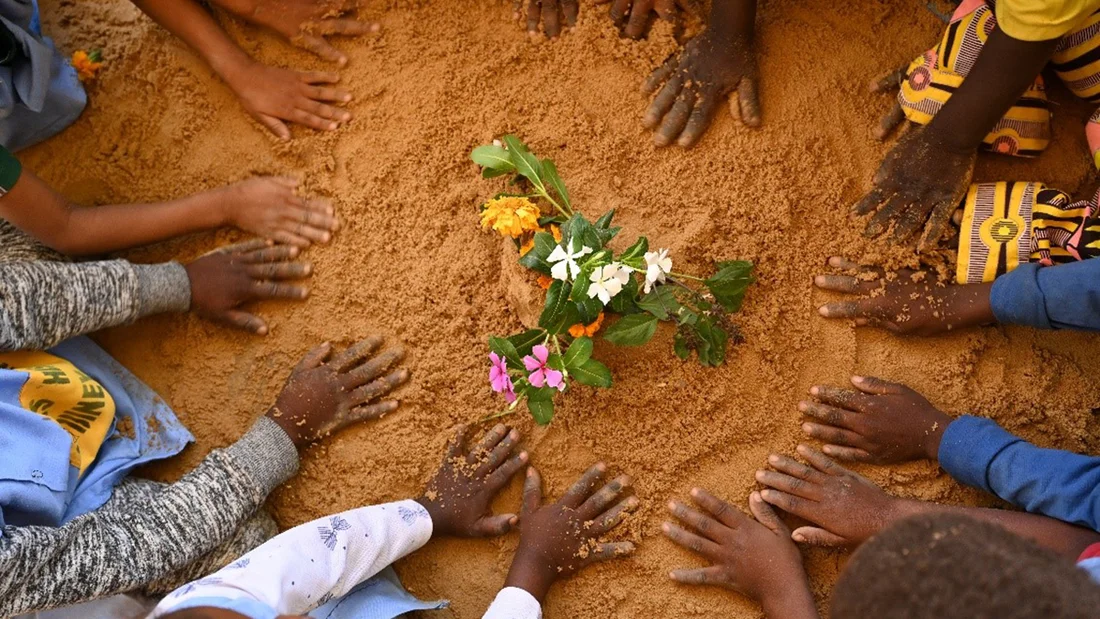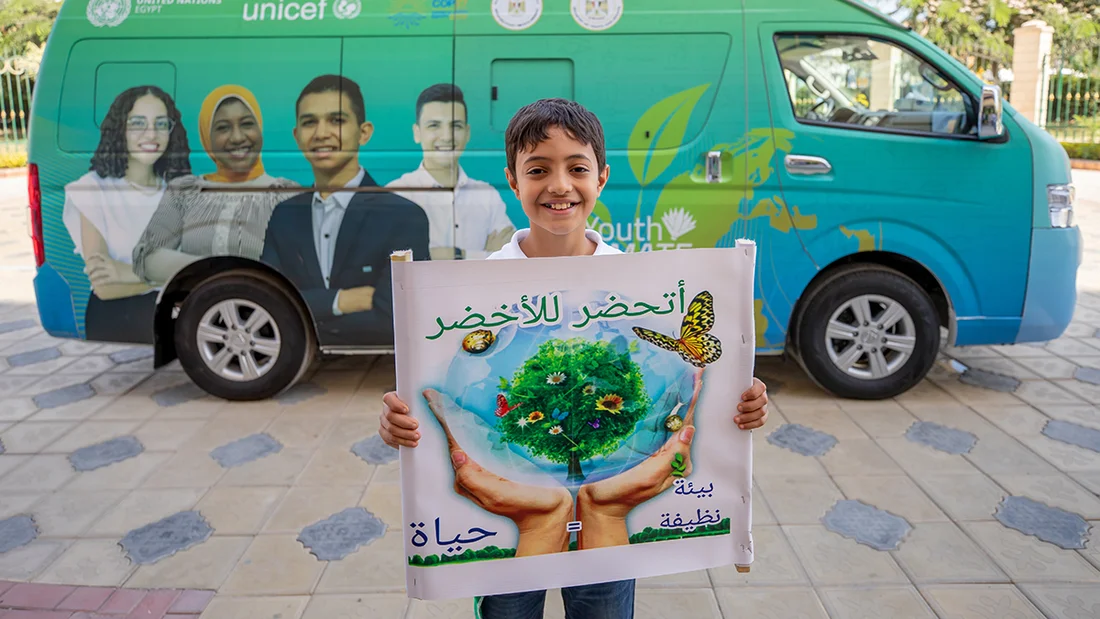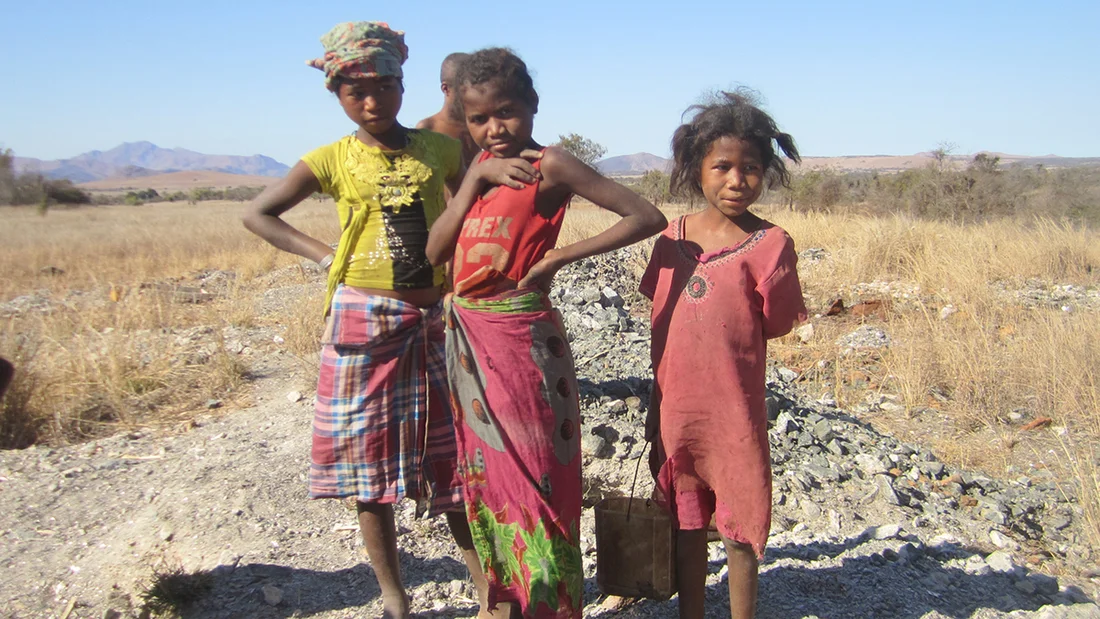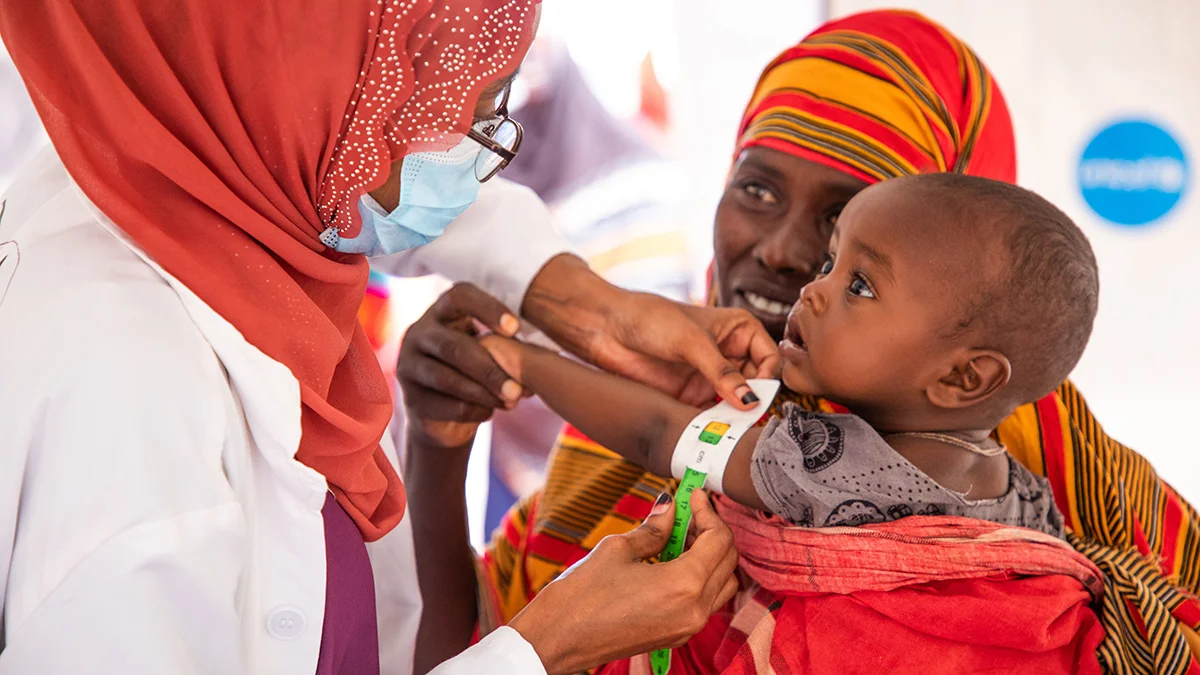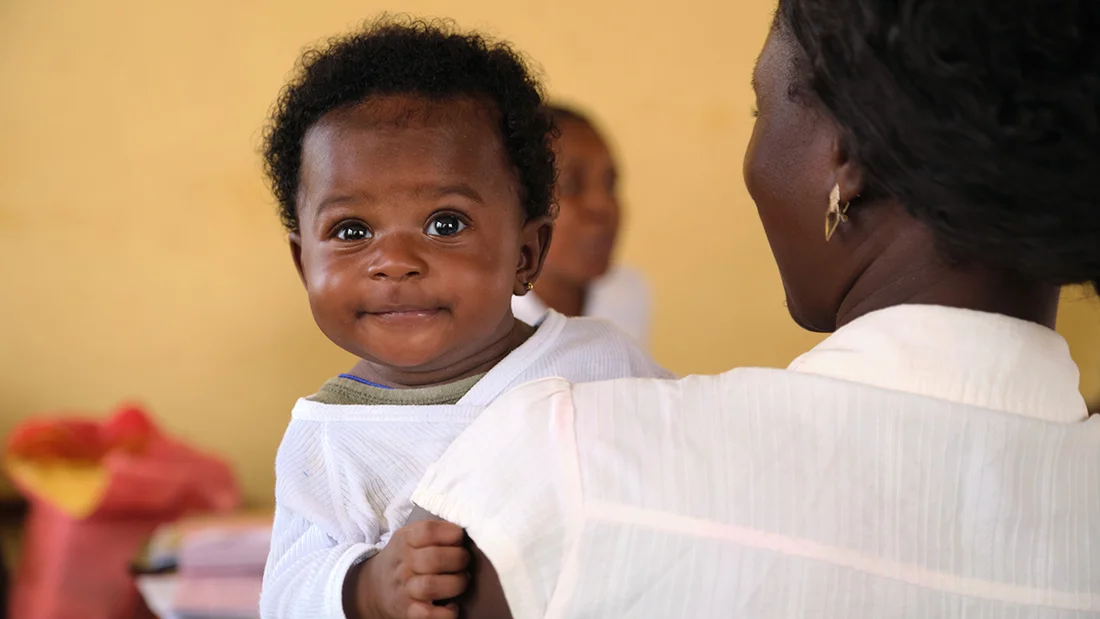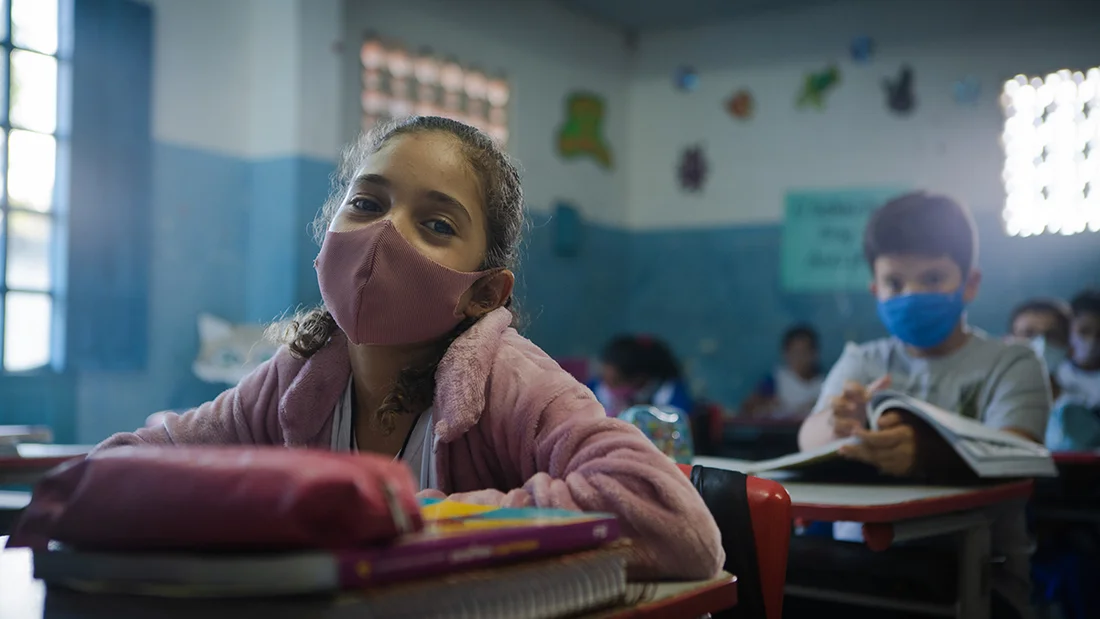As the Sustainable Development Goals were defined in 2015 and are due to be implemented by 2030, this blog analyses UNICEF’s role in achieving some of the goals and explains whether they can actually be fully implemented by 2030.
The Sustainable Development Goals (SDGs) for 2030 include measures to end poverty, reduce inequality and strengthen health and economic growth while at the same time protecting the planet. The goals make it clear that success can only be achieved if measures are taken to improve all areas of development. The answer to the question of how these goals can actually be achieved and implemented is simpler than you would think. It calls for global cooperation based on shared visions and objectives.
“Our biggest challenge in this new century is to take an idea that seems abstract – sustainable development – and turn it into a reality for all the world’s people.”
Achieving the Sustainable Development Goals (SDGs) is an integral part of UNICEF’s work. As the targets were defined in 2015 and are due to be implemented by 2030, it is worth analyzing whether they are still achievable.
Monitoring
In its capacity as global custodian or co-custodian, UNICEF monitors many of the goals that have a direct impact on children’s lives. In total, UNICEF monitors 11 of the 17 SDGs. The topics covered range from gender equality, poverty reduction and good governance to climate protection. No one goal is more important than any other, and none of them can be achieved without taking the others into account.
Listing all the development goals that UNICEF is involved with would be too broad a task. As a result, this blog will focus on a few selected goals from the wide range of topics covered, supplemented by examples from programs supported by the National Committee for Switzerland and Liechtenstein.
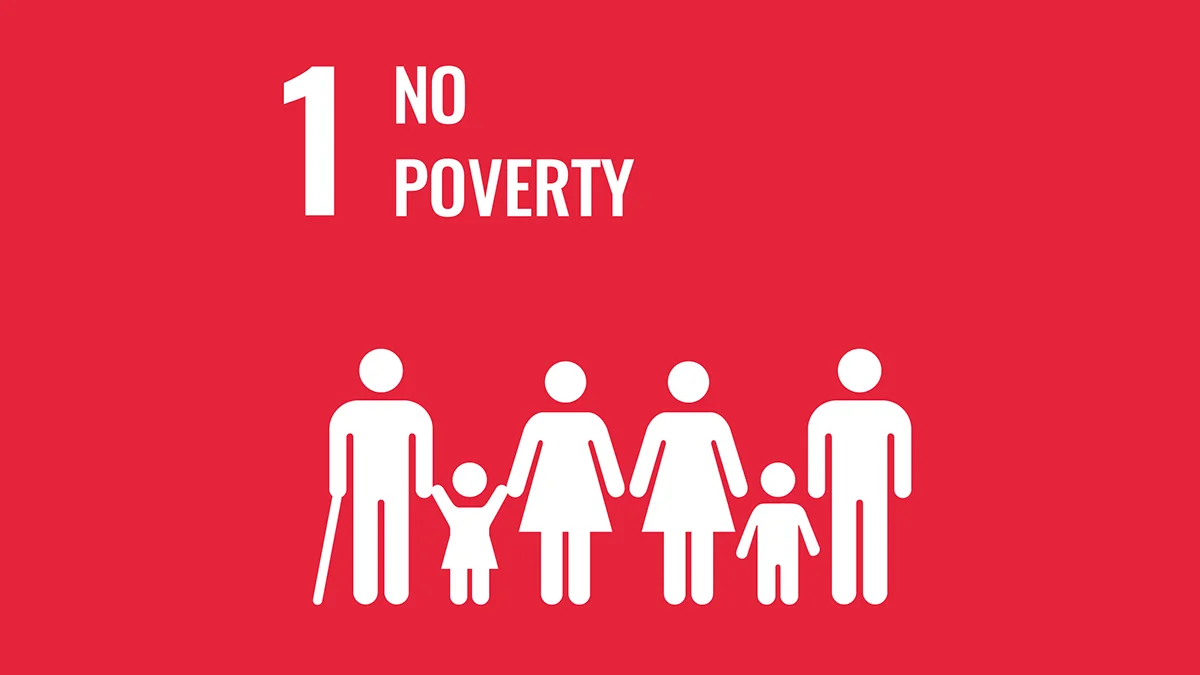
All the goals have various indicators that serve as a guide to achievement of the overall goal. UNICEF monitors indicator 1.b.1 of the “No poverty” goal. This provides important information on children’s well-being by monitoring government spending on education, health and social services for the poor. For the first time, child poverty is being addressed at a multilateral level. This means that governments must now consider the explicit impact of poverty on children, and not just on entire households. This difference in measurement is key, as children experience poverty differently from adults.
UNICEF is committed to this goal and encourages governments to:
- Routinely measure and monitor child poverty;
- Prioritize child poverty in national development strategies and plans;
- Expand child-sensitive social protection programs, including within governments’ immediate and longer-term COVID-19 response;
- Invest in quality social services; and safeguard social spending.
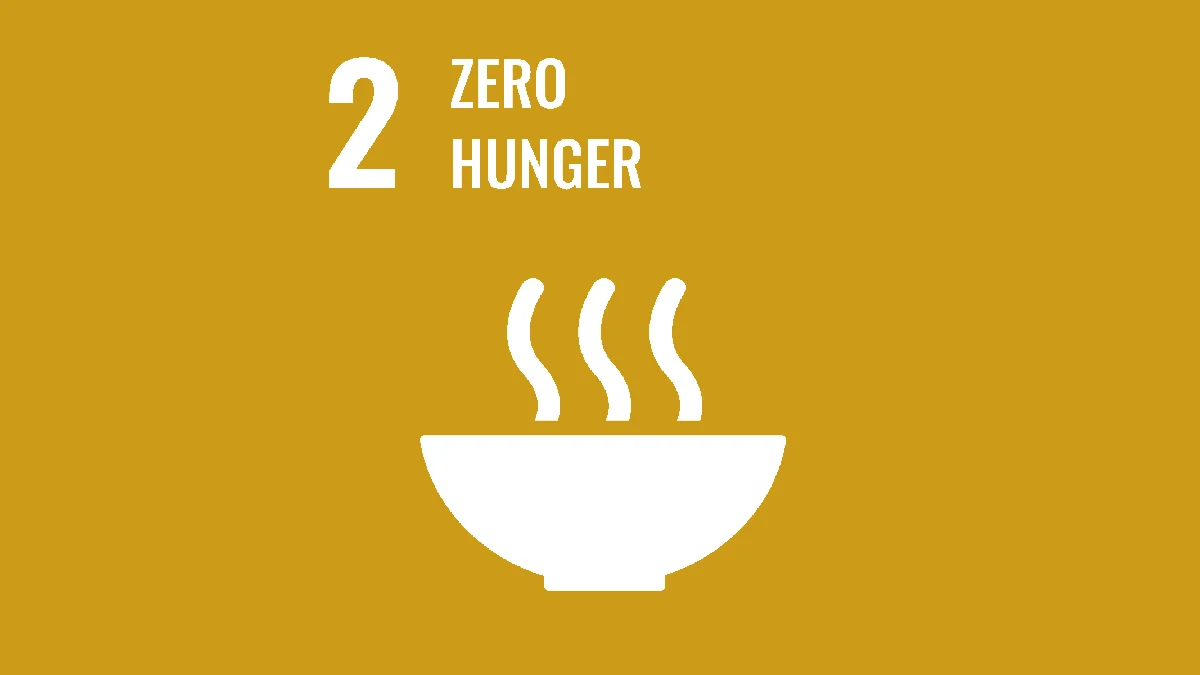
UNICEF also monitors indicator 2.2, which declares: “By 2030, end all forms of malnutrition […] and address the nutritional needs of adolescent girls, pregnant and lactating women and older persons.”
Growth inhibition and malnutrition are widespread consequences of global conflicts, pandemics and climate disasters. These crises threaten the global food supply and mean that children are unable to consume enough nutrients to reach a healthy weight. Recent increases in the prices of food, fuel and fertilizer due to the war in Ukraine and shortages of raw materials may further exacerbate the situation for malnourished children.
To achieve this development goal, UNICEF encourages governments to:
- Empower families, children, young people and women to demand affordable and nutritious food;
- Improve food supplies for children;
- Build healthy food environments for all children;
- Mobilize support systems to improve nutrition for all children;
- Regularly collect, analyze and use good-quality data and evidence to guide measures and track progress.
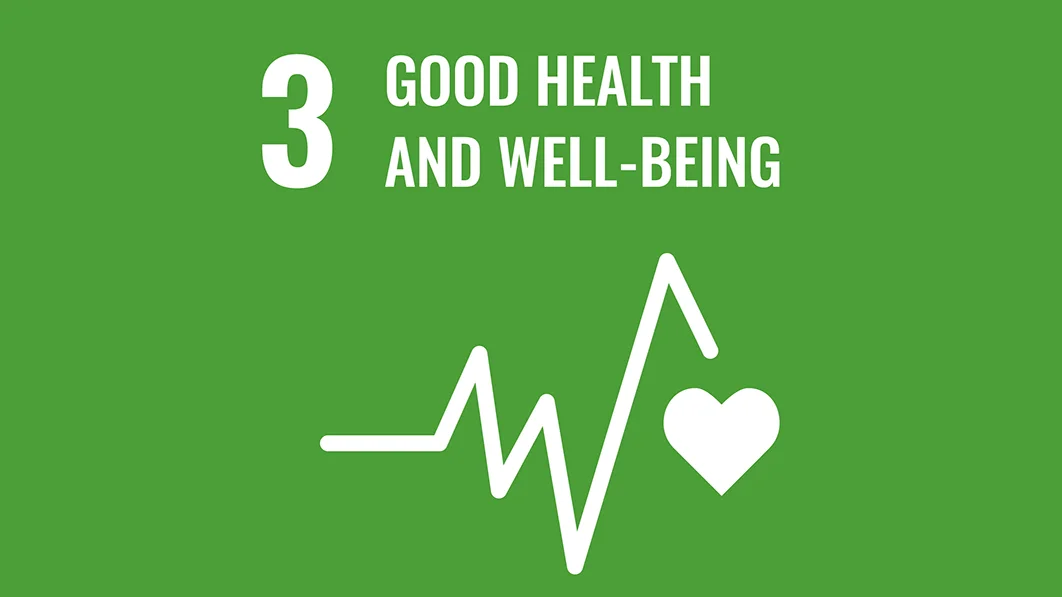
UNICEF’s role in achieving Goal 3 encompasses work on healthy pregnancies (maternal mortality and skilled birth attendants), healthy children (neonatal and under-five mortality) and vaccination programs. The COVID-19 pandemic brought routine vaccination programs to a standstill, leading to an increase in infectious diseases such as polio. This makes it more difficult to achieve this goal.
To achieve goal 3, UNICEF encourages governments to:
- Strengthen primary healthcare systems to reach every child;
- Focus on maternal, newborn and child survival;
- Prioritize the health and well-being of children and young people, including mental health;
- Support measures to reduce the impact of natural disasters, complex emergencies and demographic shifts on children and families.
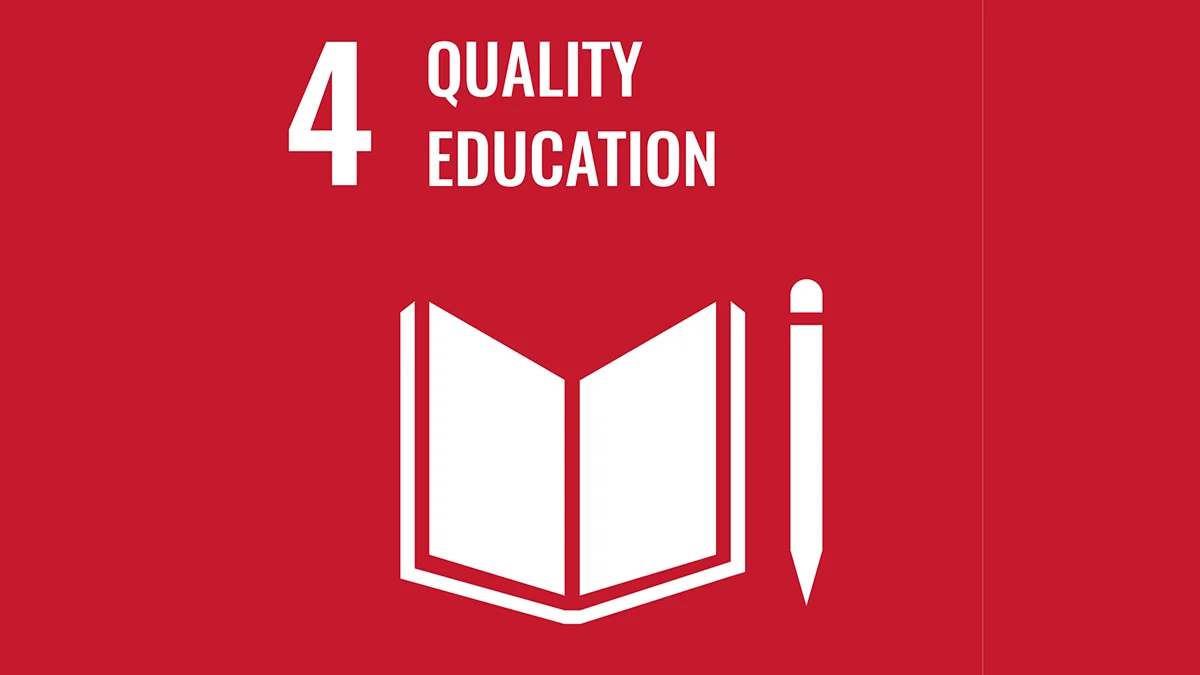
UNICEF is responsible for the global monitoring of indicator 4.2.1, which shows the “proportion of children (aged 24 to 59 months) who are developmentally on track in at least three of the following four domains: literacy and numeracy, physical abilities, socio-emotional abilities and learning”. This goal is of critical importance, as education can be viewed as the key to the positive development of future generations.
UNICEF’s contribution towards achieving this goal centers on equity and inclusion to provide quality learning opportunities and skills development programs for all children, from early childhood through to adolescence. UNICEF works with governments worldwide to improve quality and inclusion in schools.
Review of the goals: Are we on track to achieve them by 2030?
No poverty: Global challenges threaten success.
As things stand, the world is not on track to end poverty by 2030. In poorer countries, more development work is now needed than ever before to help people out of poverty. So what needs to be done?
Today, 356 million children are affected by “extreme poverty”, in which basic human needs are not met. Considering that there are just under 2.3 billion children (under the age of 18) on the planet, this means that half of all the world’s children live in poverty. Even if just one child were affected, the figure would still be too high. The children affected have no access to sanitation, food, water, shelter or education. One billion children live in what is known as multidimensional poverty, which refers to the impact of poverty on all areas of life. As well as having limited financial resources, they generally also suffer from poor health and a lack of education.
UNICEF is committed to helping children worldwide and supports various programs to alleviate poverty. The National Committee for UNICEF Switzerland and Liechtenstein helps fund a large number of existing programs around the world, such as programs to end child labor in Madagascar.
Zero hunger: Will we manage to halve the number of hungry people by 2030?
This is an ambitious but achievable goal. No child should be deprived of the amount of food they need for a happy and healthy life. Wasting among children under the age of five fell from 33.1 percent to 22 percent worldwide between 2000 and 2020, with the number of children affected by this problem falling from 203.6 million to 149.2 million. The most recent global challenges include high food prices, which had been relatively stable since 2016 but have now risen sharply from 16 percent in 2019 to 47 percent in 2020.
If we are to achieve the goal of halving the number of children affected by wasting by 2030, the annual rate of decline must double from the current 2.1 percent per year to 3.9 percent per year. Poorer regions in particular are disproportionately affected by malnutrition. In 2020, almost two-fifths of children affected by wasting lived in South Asia, and a further two-fifths in sub-Saharan Africa. The Horn of Africa in particular is experiencing severe food insecurity due to a devastating drought crisis, and millions of children are starving.
children under the age of five
children under the age of five
Good health and well-being: More children are surviving, but more are affected by mental health problems.
The COVID-19 pandemic had an unprecedented impact on the achievement of all Sustainable Development Goals. It had serious consequences for the well-being of people around the world, with young people’s mental health being particularly badly affected. In 2020, the number of cases of anxiety and depression increased by an estimated 25 percent worldwide, with young people and women the most severely affected. The impact of COVID-19 may also lead to particularly disadvantaged children being increasingly exposed to various forms of violence and exploitation.
In order to achieve this SDG, children’s mental health and well-being must therefore remain a priority not only for UNICEF Switzerland and Liechtenstein but also for governments at the national and international level.
We are on the right track to improve health and well-being worldwide. Encouragingly, the global under-five mortality rate fell by 14 percent between 2015 and 2020 from 43 to 37 deaths per 1,000 live births. The mortality rate among children in the first 28 days after birth (neonatal period) also fell by 12 percent over the same period from 19 to 17 deaths per 1,000 live births.
Qualified birthing support from trained specialists is crucial for reducing maternal and neonatal mortality. Between 2015 and 2021, an estimated 84 percent of births worldwide were attended by skilled health personnel. This was up from 77 percent in the period between 2008 and 2014. However, the proportion in sub-Saharan Africa was 20 percentage points below the global average. UNICEF Switzerland and Liechtenstein supports neonatal healthcare in various countries including Ghana, to ensure that all children have a chance of survival.
Quality education: The impact of COVID-19 threatens learning progress.
The COVID-19 pandemic has triggered a global education crisis that is severely impairing personal learning. This is a serious obstacle that must be overcome by 2030. There is currently a very high risk of children being completely unable to attend school. Girls, children with disabilities, children in rural areas, and ethnic minorities are particularly disadvantaged. Around 147 million children have missed more than half of scheduled classroom teaching over the past two years.
But it’s not too late: UNICEF is working successfully to get this development goal back on track. In 2021, UNICEF enabled 48.6 million children to access education outside of school. Of these, 6.4 million were displaced, and 31.7 million were affected by a humanitarian emergency. UNICEF Switzerland and Liechtenstein actively supports this development goal and is committed to ensuring that every child receives a fulfilling education. The focus is on ensuring access to education for girls and making the school environment more conducive to learning (e.g. in the Brazilian Amazon).
Conclusion
We will reach 2030 in seven years’ time, which means we are currently at the halfway point. Many unprecedented global challenges such as conflicts, pandemics and economic crises have threatened the efforts and the progress made towards achieving the Sustainable Development Goals to date. However, the goals are geared specifically to creating an environment in which issues such as education, health and poverty reduction are not affected by such crises. UNICEF is striving to achieve all of the Sustainable Development Goals. With the right amount of collaboration between individuals and nations, the goals can still be achieved to a certain extent by 2030.
And efforts must also continue beyond 2030, as there will always be new global challenges and room for improvement. UNICEF takes its role in the implementation of the Sustainable Development Goals very seriously, and is doing everything it can to help all children worldwide.
